Contents
In the world of home studio recording, the digital audio workstation is one of the most important tools of the trade. Digital audio workstations are used to record audio and MIDI data into patterns or tracks. This information is then typically mixed down into songs or albums. In the Linux ecosystem, there is no shortage of Digital audio workstations to chose from. Whether you wish to create minimalist techno or full orchestral pieces, chances are there is an application that has you covered.
In this article, we will take a brief look into several of these applications and discuss their strengths and weaknesses. I will try to provide a fair evaluation of the DAWs presented here but at the end of the day, I urge you to try a few of these applications and to form an opinion of your own.
Ardour
Ardour is one of the best known digital audio workstations to be released as open source software. It is also one of the most professional and full featured applications of its class. Ardour’s features include audio and MIDI recording, an intuitive single window interface, and excellent support for LADSPA, LV2, DSSI and Linux VST plugins. Ardour’s only weakness is that it does not feature clip or pattern-based recording, which may be a nonstarter for those looking to migrate from FL Studio or Ableton Live. But for those who prefer a more traditional work flow based on tracks and timelines, Ardour is an excellent choice.
Ardour is freely available for download in most Linux repositories. Its source code can also be obtained from its project website along with Windows and Mac versions.
Audacity
Audacity is a powerful cross-platform audio editor for Windows, Mac and Linux. While it is not, strictly speaking, a digital audio workstation, it supports an extensible collection of effect plugins, and tools that make editing audio a snap. Audacity can be used as an application on its own to produce podcasts or as a way to create and edit audio clips that can be used by a sampler or another DAW.
Audacity is freely available for download in most Linux repositories. Windows and Mac versions can be obtained from the project website.
Bitwig Studio
Bitwig Studio is one of two proprietary DAWs that is available for Linux that I will mention in this article. Like Ardour, Bitwig features audio and MIDI recording and a single window interface but it was designed so a user could effortlessly move between clip and timeline-based recording. In addition to having excellent support for LADSPA, LV2, DSSI and Linux VST plugins, Bitwig also brings its own toys to the party in the form of 62 additional instrument and effect plugins. With this being said, Bitwig is not cheap. At the time of this writing, version 1 retails for $299, but for those coming from a Windows or Mac-based production environment, tools like Bitwig provide an additional impetus to make the switch.
Versions of Bitwig Studio for Windows Mac and Linux can be purchased from Bitwig’s company website.
LMMS
Linux Multimedia Studio (LMMS) is a pattern-based sequencer, designed for modern music production. Out of the box, LMMS features several of its own native synthesizers in addition to supporting numerous LADSPA, LV2, DSSI and Linux VST effect plugins. One thing that separates LMMS from the other DAWs covered here is its support of some Windows-based instruments through the use of wine, Carla Patchbay and Vestige plugins. Additional Linux instrument VSTs can also be brought into an LMMS environment using the Carla Rack plugin. Although LMMS does not support live instrument recording, the application is downright fun to use. For best results download it from the KXStudio repositories.
LMMS is freely available for download in most Linux repositories. Windows and Mac versions can be obtained from the project website.
Qtractor
Qtractor is a timeline-based MIDI and Audio recorder and sequencer that features support for LADSPA, LV2, DSSI and Linux VST plugins. Although its feature set is quite similar to Ardour’s, Qtractor uses a simple multi-window interface which is very familiar to those who used Cubase back in the day. The one thing that makes Qtractor stand apart from other DAWs is how the application can easily connect to external midi instruments and audio effects with its own internal jack connection. For those who want a full-featured DAW without dealing with a complex learning curve, Qtractor is a sure win.
Qtractor is freely available for download in most Linux repositories. For details, visit the project website.
Rosegarden
If you want truly granular control of MIDI file creation, you cannot go wrong with Rosegarden. Like Qtractor, Ardour uses a time-line interface that is reminiscent of Cubase, but allows users to edit MIDI data through the use of a piano roll editor, a musical notation editor, and for those who take their MIDI seriously, an events-list editor. Rosegarden does provide facilities for audio recording and supports LADSPA, LV2 and DSSI effect plugins, but does not have its own features for any in-depth audio editing. Instead, it lets Audacity do the heavy lifting. With this being said, Rosegarden is an excellent choice for those who largely rely on MIDI sequencing to get their work done.
Rosegarden is freely available for download in most Linux repositories. For details, visit the project website.
Seq24
Seq24 does only one thing, but it does it well. The thing is pattern-based MIDI sequencing. Unlike the other DAWs covered here, Seq24 features a truly minimalist user interface. It does not support audio recording, and does not support any plugins. Instead, it sends MIDI data to software synths already installed on your system. Audio is then recorded from these instruments using another DAW, like Ardour, Audacity or Qtractor. For those who wish to begin and end music production in the same application, Seq24 is a bit of non-starter. But for those who prefer a more modular workflow, Seq24 is definitely worth looking into.
Seq24 is freely available for download in most Linux repositories. For details, visit the project website.
Traktion T7
Tracktion T7 is yet another time-line based MIDI and Audio recorder and sequencer that features support for LADSPA, LV2, DSSI and Linux VST plugins. However, like Bitwig Studio, Tracktion T7 brings some of its own effect and instrument plugins to the party. Of the DAWs I have looked at thus far, Tracktion T7 has some innovative features that I have not seen in any other digital workstation. Although it does not fully support pattern / clip-based sequencing, it features a way to preview audio samples simultaneously for easy arrangement. Tracktion T7 also features non-destructive wave editing, and track automation features that are not to be missed. Prices for Tracktion T7 start at $60 for the base DAW and can go as high as $200 for a bundle that includes Tracktion T7 and various plugins. Alternately, a slightly less-featured, free version of Tracktion T5 is also available from the company website.
Tracktion T7 is available for purchase from Tracktion’s company website.
Final thoughts on Linux Digital Audio Workstations
The Linux ecosystem is rich in options for recording your musical ideas into a solid, professional product. In this article we looked at several choices for recording music and audio under Linux. Some of these offerings, like Audacity, LMMS, Rosegarden and Seq24, lend themselves well to specific tasks like wave editing and MIDI Sequencing, while other solutions like Ardour, Bitwig Studio, Qtractor and Tracktion are full featured visigoths, ready to take your next project from start to finish.
What is your favorite Linux-based DAW? Leave a comment below.
Corrections and Errata
After the article was published, I noticed that I made a few factual errors. My apologies to those who may have been misled, and a special thanks to those who pointed out these inaccuracies. A list of corrections follow.
- Bitwig studio does not support LADSPA, LV2 and DSSI out of the box. But this functionality can be achieved through the use of the Carla Patchbay plugin.
- LMMS studio only supports LADSPA plugins out of the box. LV2, DSSI, VST and VSTi plugin functionality can be achieved through the use of the Carla Patchbay plugin, provided that you use a special build of the application available from the KXStudio repos.
- Rosegarden only has LADSPA functionality, for effects and DSSI for softsynths. Other instruments and effects can be achieved by sending a MIDI out to external applications.
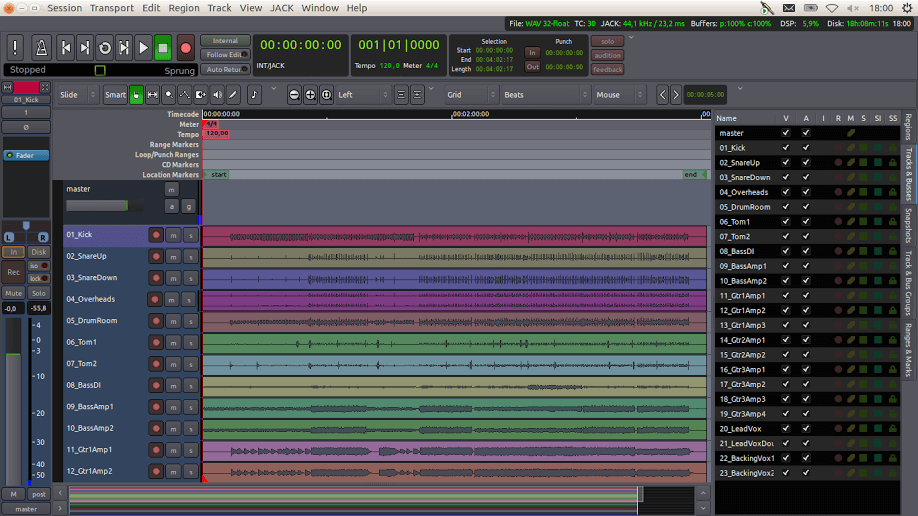

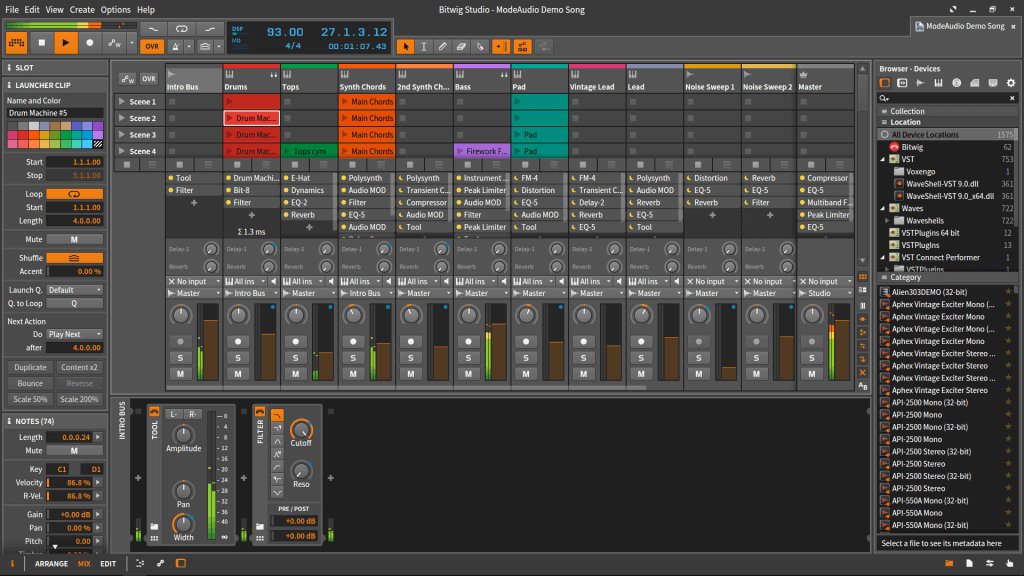
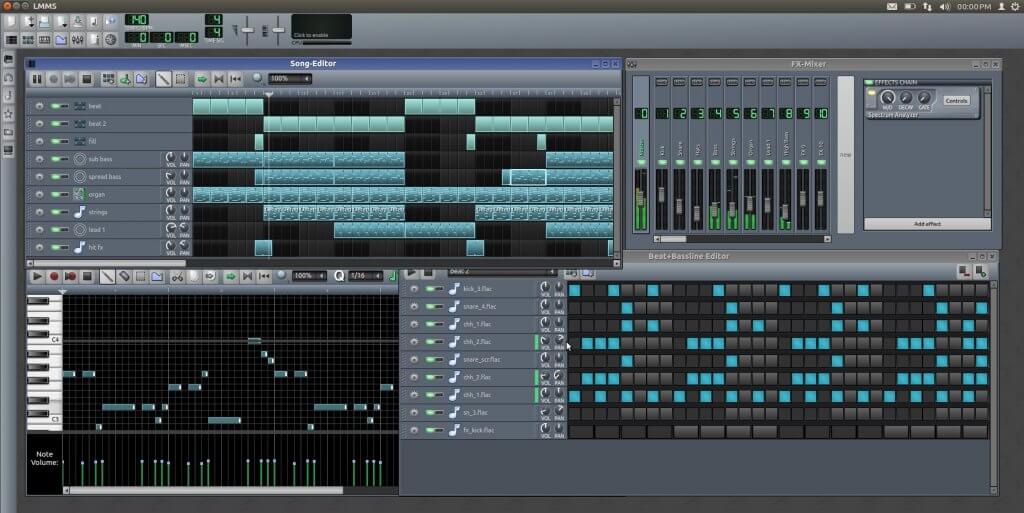
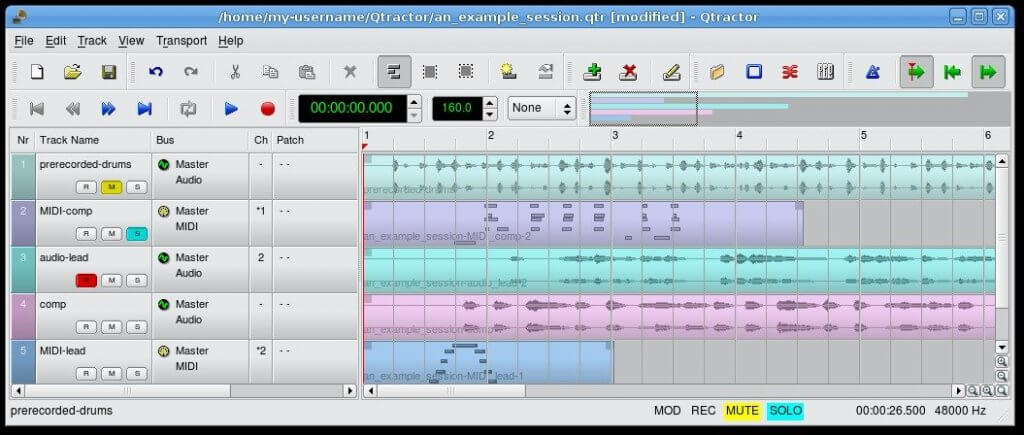
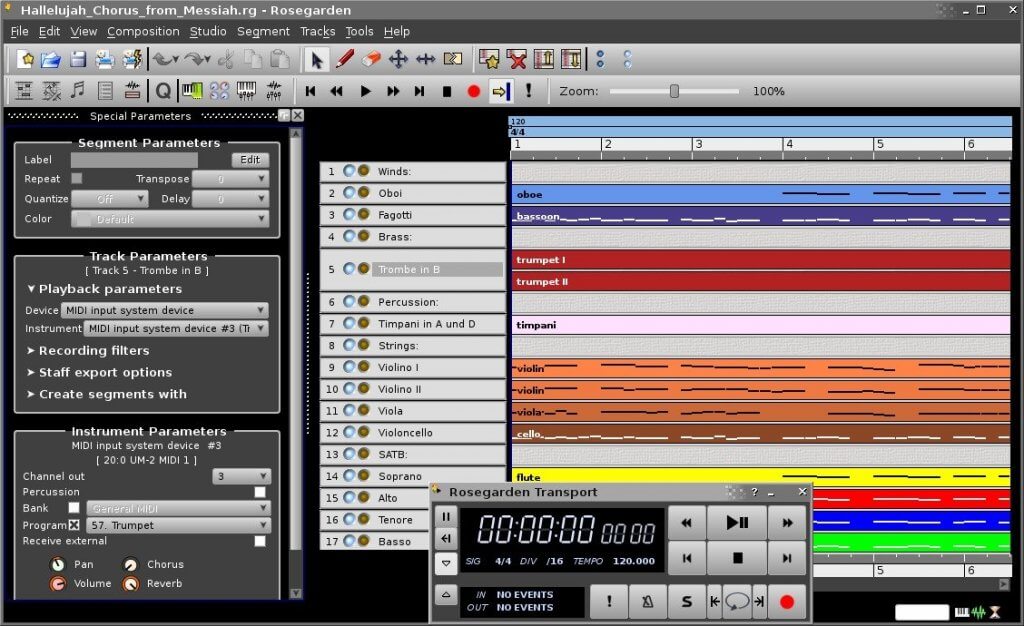
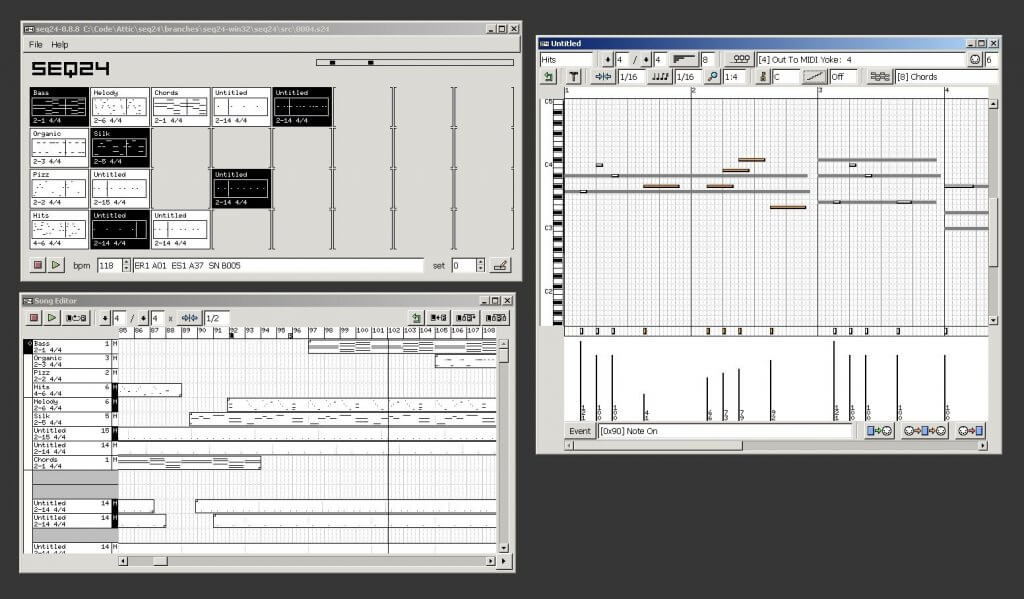
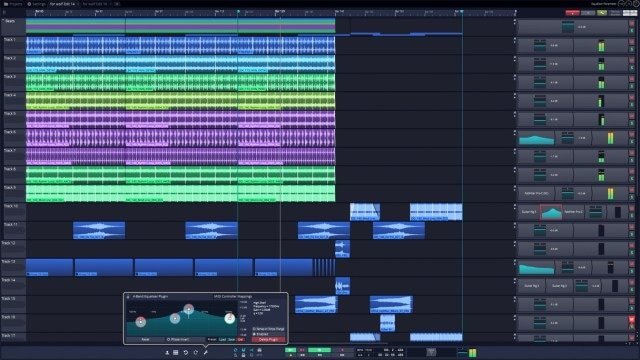
As I know, Bitwig doesn’t offer LADSPA, LV2, DSSI support.
Yet….it may come in the future however. 😉
I stand corrected, Artur. To get LADSPA, LV2 and DSSI support under Bitwig you need to use leverage the Carla Patchbay VST plugin and make connections from within the plugin itself. Carla is available from the KXStudio repositories. I will be discussing Carla in an upcoming article, but I thank you for catching my unfortunate oversight.
Another note, dear readers. LMMS depends on the Carla Patchbay VST plugin for LADSPA, LV2, DSSI and Linux VST support. To my knowledge this plugin is available in the version of LMMS that is available in the KXStudio repositories.
Please disregard this last message. LMMS doe support LADSPA, LV2 and DSSI out of the box. Carla however is used to bring in Linux VST support. I will be editing this article to reflect the above corrections, and credit Artur for bring the Bitwig issue to my attention. Thank you for everyone’s understanding.
Hello all. I made some corrections to the article, and cleared up some factual inaccuracies. Thank you again, Artur for pointing out the Bitwig issue. I also found a couple of errors on my own and fixed them as well. Have a great day.